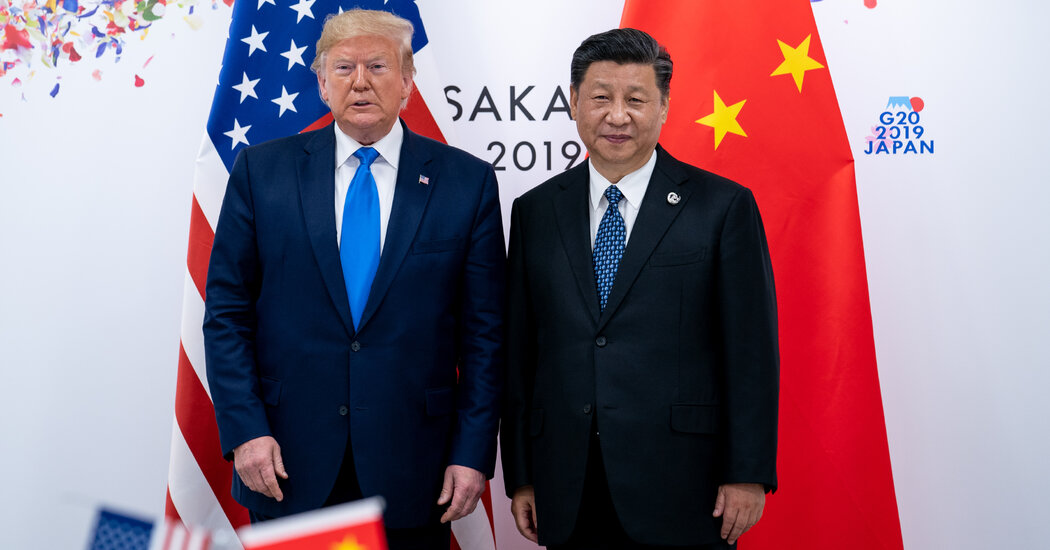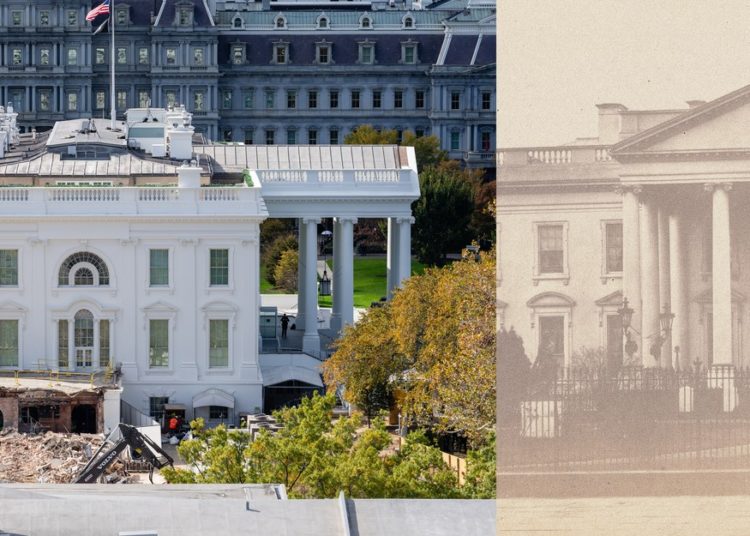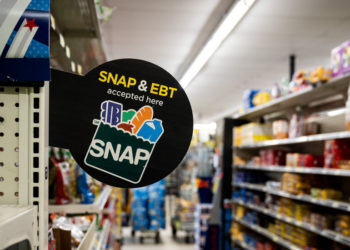The Trump administration began an investigation on Friday into whether China complied with the terms of a trade agreement it reached with President Trump in his first term, ramping up tensions between the world’s largest economies.
The investigation could result in more tariffs on Chinese imports. It comes as Mr. Trump is preparing to hold a deeply consequential meeting with China’s leader, Xi Jinping, next week on the sidelines of a summit in South Korea. Other U.S. officials are conducting talks in Malaysia with Chinese officials to try to reset relations before that meeting.
While those encounters are largely expected to calm tensions, there is the chance that the talks, along with the new U.S. trade investigation, could further inflame them. Both sides have an economic interest in cooling tensions and stopping a tit-for-tat trade war that has the potential to halt trade between the two nations and cripple U.S. industries. The United States and China have traded harsh economic measures in recent weeks, with China setting up expansive restrictions on exports of minerals, and Mr. Trump responding with the threat of an additional 100 percent tariff on Chinese products beginning Nov. 1.
The Trump administration has repeatedly complained about China’s failure to follow the terms of a trade agreement the United States signed with Beijing in 2020. In a statement, the Office of the United States Trade Representative said the investigation would examine whether China had met its commitments and if there had been any negative impact on U.S. businesses, as well as what action, if any, should be taken in response.
Jamieson Greer, the trade representative, said the investigation “underscores the Trump administration’s resolve to hold China” to its commitments under the deal, protect American farmers and workers and “establish a more reciprocal trade relationship.” Mr. Greer is among the officials meeting with Chinese counterparts in Malaysia.
The 2020 trade deal was the culmination of Mr. Trump’s first-term trade war with China. Chinese officials promised to buy an additional $200 billion worth of American goods and services, including natural gas, soybeans and airplanes. They also agreed to open markets to American companies and provide greater protection for American technology and trade secrets, among other changes.
But subsequent data showed that China fell far short of the commitments it made to buy American airplanes, soybeans, energy, services and other products. Chinese officials have blamed the Covid-19 pandemic, which struck shortly after the agreement was signed.
Wendy Cutler, the vice president of the Asia Society Policy Institute and a former U.S. trade negotiator, said the new trade investigation might be a way for the United States to urge China to ramp up purchases of American products, including soybeans. After Mr. Trump put new tariffs on Chinese products in April, China responded with its own levies, including on U.S. soybeans. The country has not bought soybeans from America in recent months, and the Trump administration is making plans to provide financial relief to farmers who have suffered financial losses as a result.
“The administration must be looking for ways to pressure Beijing to buy more U.S. soybeans and other products, an area where China fell short in living up to its commitments,” Ms. Cutler said.
The trade case could also provide the Trump administration with a way to keep pressure on Beijing in the coming months if the Supreme Court strikes down other tariffs the president has issued on China. The Supreme Court is set to hear arguments next month in a case against the tariffs that Mr. Trump imposed under a national emergency law, including many on Chinese imports. That court case would not affect any additional tariffs that Mr. Trump might impose as a result of this latest investigation.
Ana Swanson covers trade and international economics for The Times and is based in Washington. She has been a journalist for more than a decade.
The post Trump to Investigate Whether China Abided by 2020 Trade Deal appeared first on New York Times.




